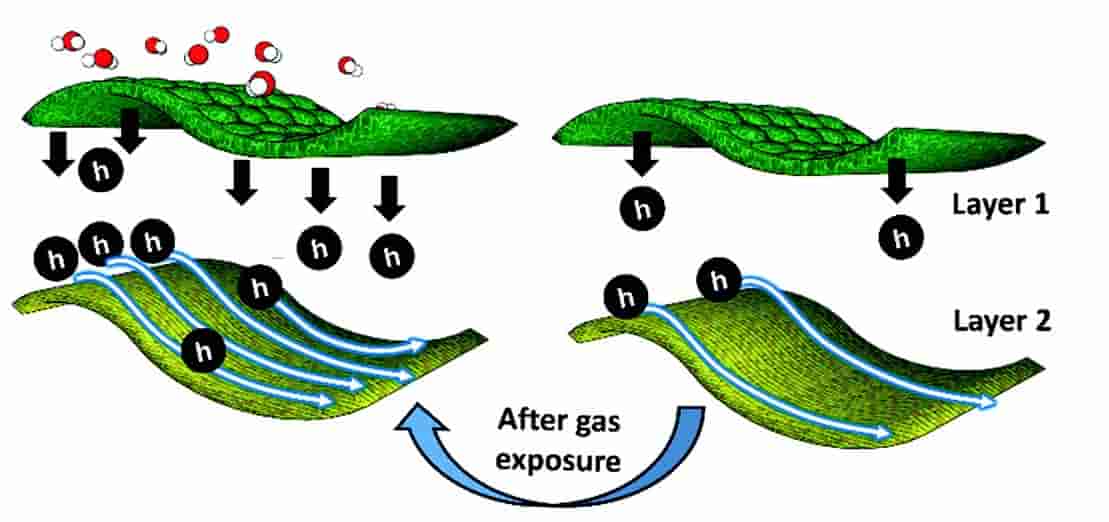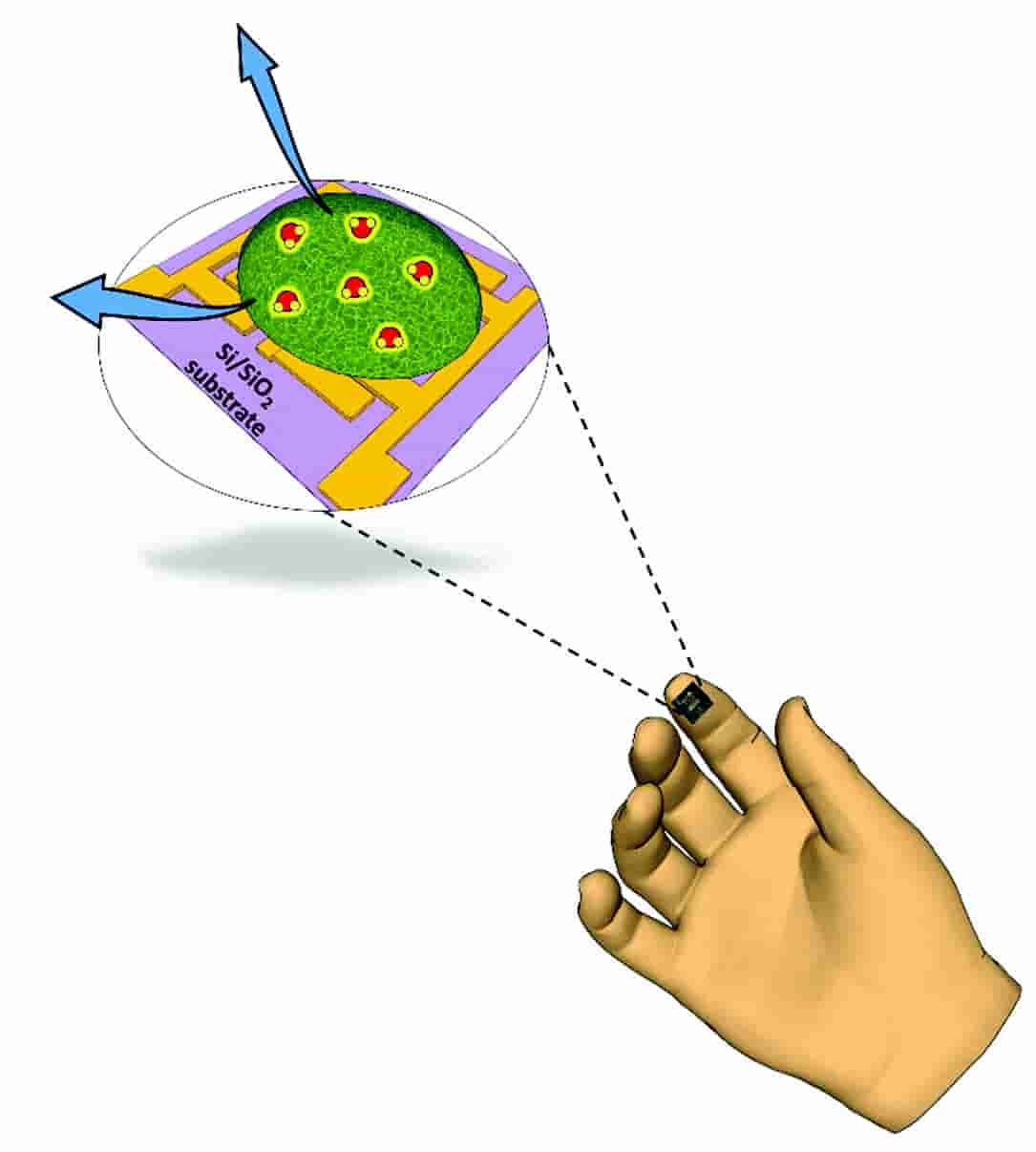Artificial electric nose made which can detect emissions of hydrogen sulfide gas from sewers
Scientists from the Centre for Nano and Soft Matter Sciences (CeNS) India,in collaboration with King Abdullah University of Science and Technology have developed an electronic nose with biodegradable polymer and monomer that can mimic olfactory receptor neuron, which enables us to detect the smell of various substances.
During the microbial degradation of organic matter under anaerobic conditions in the sewers, hot-springs and during the production of crude-petroleum products, as well as while refining natural gases hydrogen sulphide (H2S) is produced.
H2S is a poisonous, corrosive, and flammable gas which at concentrations (less than 10 ppm) cause eye irritation and fatigue, and exposure to levels higher than 100 ppm results in severe neurological damage and cardiovascular conditions.
This artificial nose can protect humans from the harmful impact of this gas while working under such conditions.
The total size of the device is 5 mm × 5 mm, exactly fitting on the tip of the forefinger.
The material of the device
The fabricated sensor consists of a heterostructure consisting of two layers – the top layer a monomer and is realized with a novel chemical tris (keto-hydrazone), which is both porous and contains H2S specific functional groups, and the bottom layer is the active channel layer which plays a key role in altering the current and mobility of charge carriers.
 |
| The two layers of the device. After exposure to the gas, the chemical reaction confirms the presence of gas. Image credit- https://rsc.li/2PYRR2W |
Thus the synergistic combination helps to pre-concentrate the H2S molecules, initiate an acid-base chemical reaction, and thereby brings a change in the majority carriers (holes) of the channel region in the device.
The capacitance sensor (a sensor that detects nearby objects by their effect on the electrical field created by the sensor) developed by the scientists showed an excellent sensitivity in detecting H2S gas with an experimental limit of detection of around 25 parts per billion. It also has high ambient stability of around 8 months without compromising sensing performance.
Thus, this device can provide early detection of hydrogen sulfide gas present in the particular working area and protect workers from the harmful impact of the gas. Moreover, the devices sensing mechanism can be further modulated for the detection of other gases also.
Source- Research paper, Vigyaan samachar


